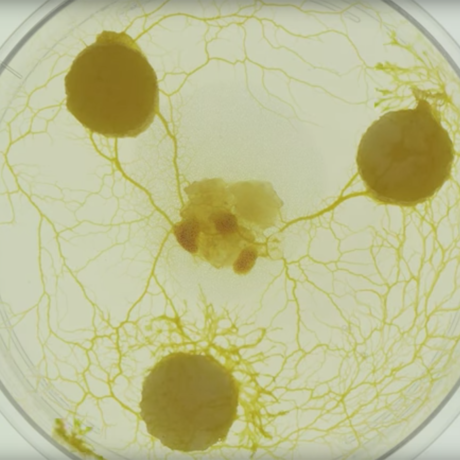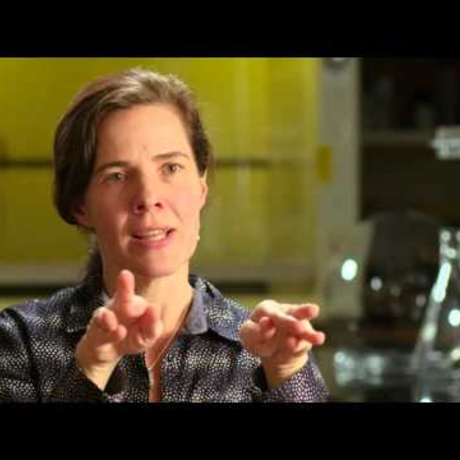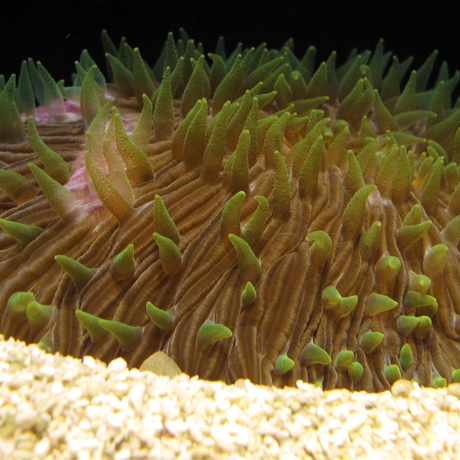Learn the benefit of using videos in the classroom, and browse resources to help you get started.
Grade level: 6-13+
Length: 5 minutes
Next Generation Science Standards: MS-LS1.A, MS-LS1.D, HS-LS1.A
Summary
Slime molds don’t look like much. Amorphous and gloppy, they spread across the forest floor in a mindless quest to consume whatever lies in their path. But research scientists are now learning that the routes slime molds take through their environment are anything but random. Despite their lack of a brain—or even a neuron—these organisms have evolved a very clever, physical way of making decisions about where to go to find the best food sources. Because slime molds move so slowly (just a few centimeters a day), it’s necessary to speed up time to truly understand their complex behaviors. Simon Garnier and his team at the New Jersey Institute of Technology’s SwarmLab use time-lapse macrophotography in their research, and with these techniques are beginning to unravel the nature of these organisms’ “brainless intelligence.” By better understanding how slime molds move and make decisions, Garnier’s team hopes to shed light on how intelligence may have evolved in the first place.
Video Discussion Questions
- What are slime molds?
- What does it mean to say that slime molds have a 'brainless intelligence'?
- Why do the researchers in the video use time-lapse video to study slime molds?
- How do slime molds 'make decisions'?
- Where might the intelligence of a slime mold reside within it?




